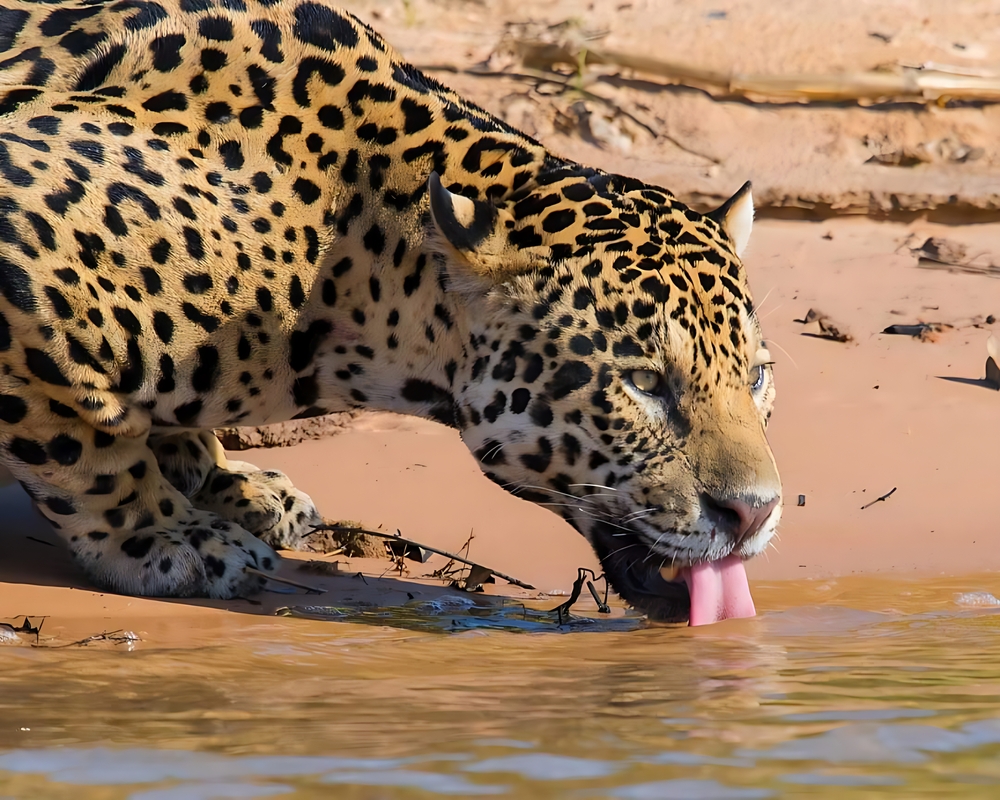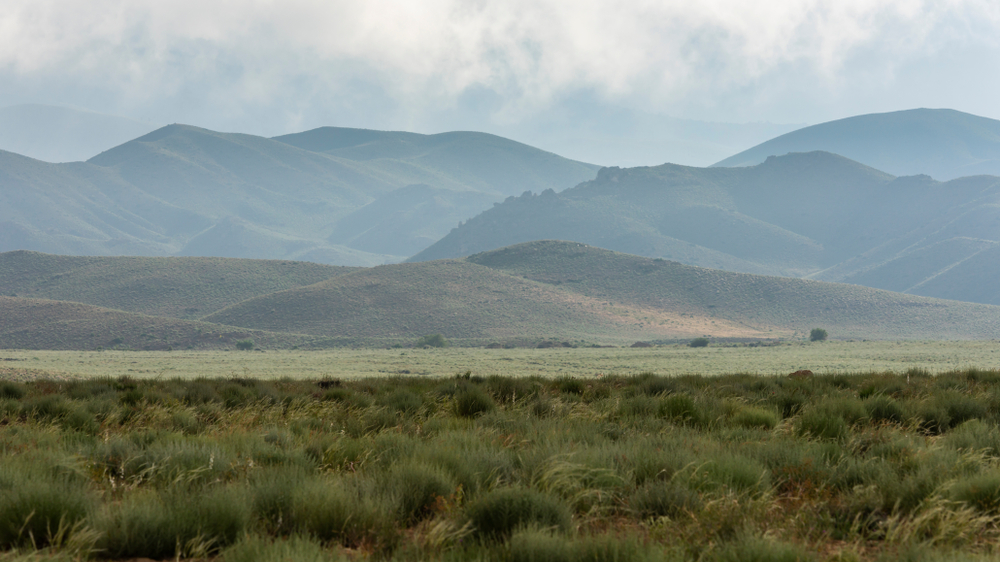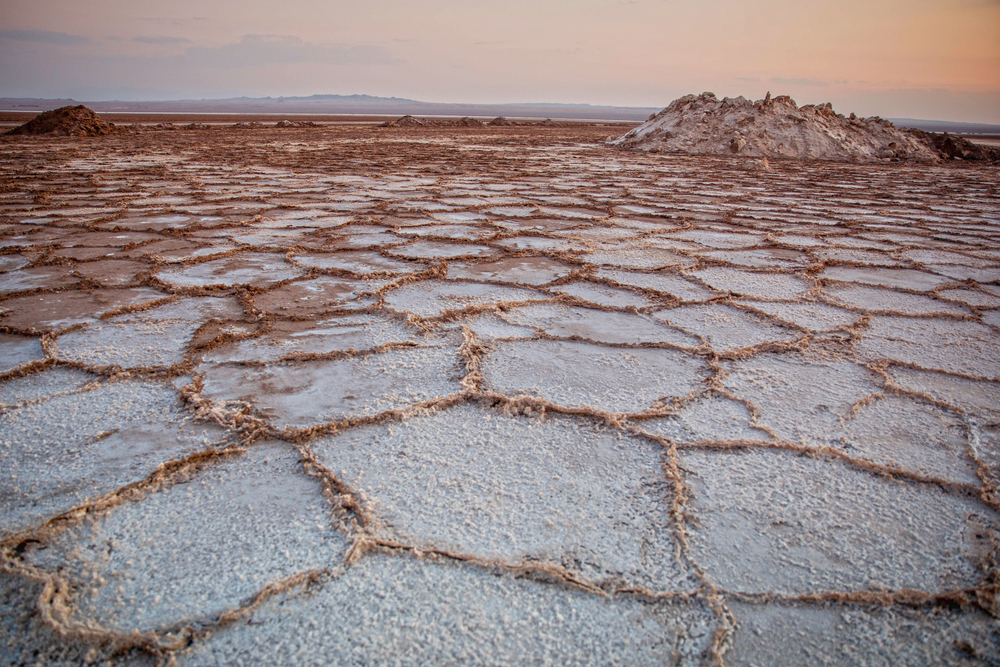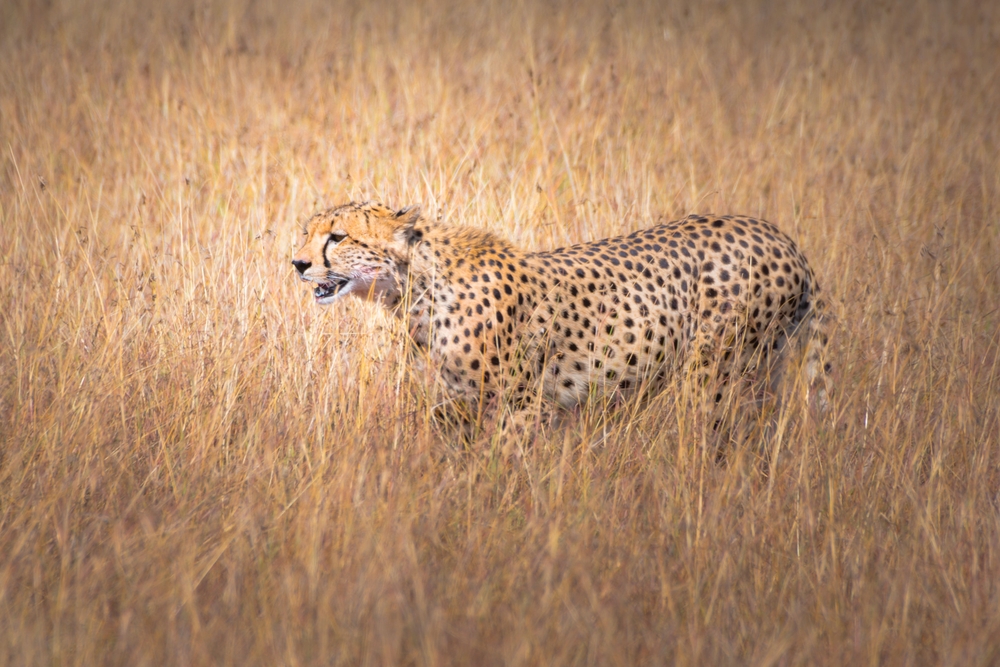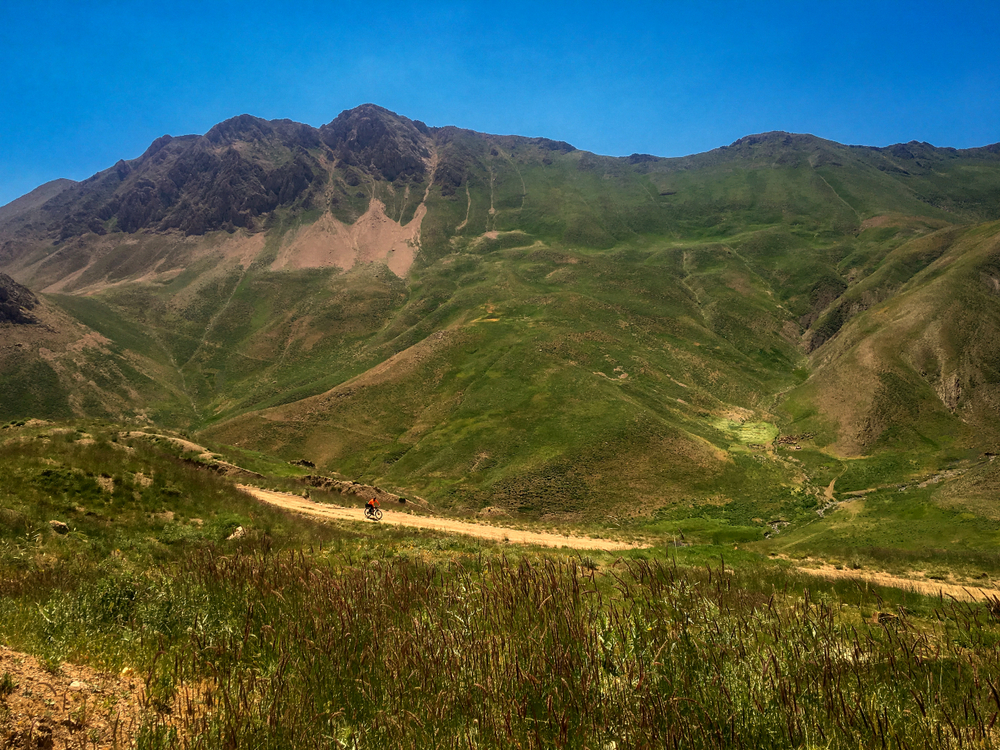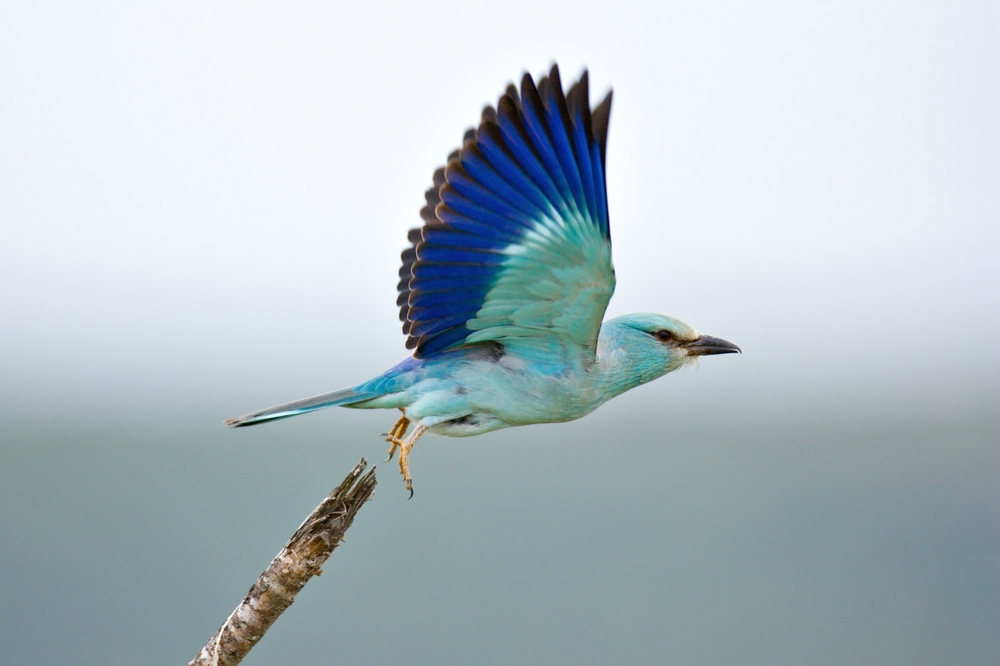Khojir Overview
Khojir National Park, located near the bustling capital city of Tehran in Iran, is a protected area known for its rich biodiversity and captivating landscapes. Covering an area of approximately 40 square miles (104 square kilometers), this national park is part of the Alborz mountain range.
It provides a sanctuary for flora and fauna while offering visitors a serene escape from urban life. The park, known locally as “پارک ملی خجير” (Pārk-e Melli-ye Khojir), has a long history of conservation, being one of the oldest protected regions in Iran.
The terrain of Khojir National Park is a striking mix of rugged mountains, rolling hills, and fertile valleys. The park’s elevation ranges significantly, creating a variety of ecosystems within its boundaries. It is dotted with streams and springs that sustain its vegetation and wildlife, particularly during the dry summer months.
The landscape is dominated by steppe vegetation, with clusters of oak trees, wild pistachio, and juniper found in the higher altitudes. In spring, vibrant wildflowers blanket the meadows, adding splashes of color to the park’s natural palette. The park’s geography is not only visually stunning but also integral to supporting its diverse ecological systems.
Khojir is home to an impressive array of wildlife, making it a haven for nature enthusiasts and wildlife photographers. Mammals such as the Persian leopard, wild goat, red fox, and golden jackal roam the park’s terrain, while smaller species like hedgehogs and hares contribute to the park’s biodiversity.
Birdwatchers flock to Khojir to spot its rich avian population, which includes species like the partridge, Eurasian kestrel, and common buzzard. The park’s rivers and springs also support amphibians and reptiles, further enhancing its ecological diversity.
One of Khojir National Park’s standout features is its proximity to the Sorkheh Hesar National Park, with which it shares some of its wildlife corridors. Together, these parks create a larger conservation zone critical for the survival of several species. The relative accessibility of Khojir makes it a popular spot for hiking, birdwatching, and photography.
Visitors can explore its trails on foot, taking in the serene environment and observing its unique wildlife in their natural habitat. Seasonal visits are particularly rewarding, as the park’s landscape transforms with the changing weather, from lush greenery in spring to golden hues in autumn.
Despite its beauty and ecological importance, Khojir faces several conservation challenges. Urban expansion, illegal hunting, and habitat degradation pose threats to its delicate ecosystems. However, concerted efforts by Iranian environmental organizations and government bodies have led to increased awareness and protective measures.
Conservation successes include the stabilization of certain species’ populations and improved management of human activities within the park’s boundaries. Continued efforts are crucial to preserving the natural heritage of this vital protected area.








































































